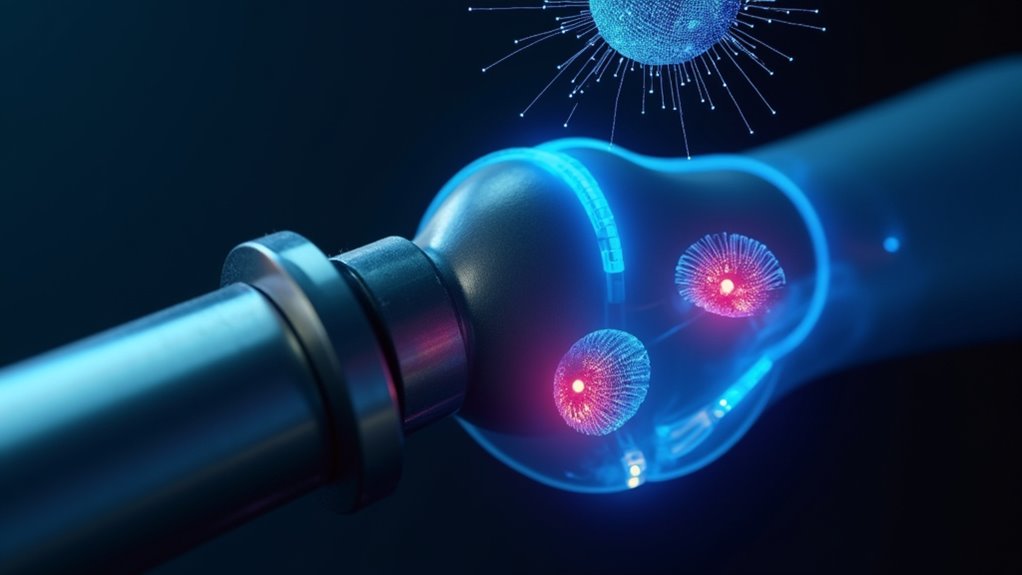Rethinking AI workflows with Model Context Protocol and Amazon SageMaker requires more than slapping AI onto existing processes. Effective implementation demands integration as the central nervous system—connecting legacy systems while reimagining operations from the ground up. Companies using this approach report up to 45% profit increases through hyper-automation that combines AI, ML, and RPA with robust testing protocols. No more “this system doesn’t talk to that system” headaches! The difference between mediocre and transformative results lies just beneath the technical surface.
While organizations rush to implement AI solutions across their operations, many are discovering that simply adding artificial intelligence to existing processes isn’t enough to unlock transformative results. The real magic happens when businesses completely reimagine their workflows with AI as the central nervous system, not just a fancy add-on feature.
Think about it – hyper-automation leverages AI, machine learning, and RPA to transform complex business processes that once required armies of human workers. It’s like upgrading from a bicycle to a Tesla (and yes, the autopilot works). When AI integrates with IoT systems, you get real-time monitoring that dynamically optimizes workflows faster than your IT guy can say “have you tried turning it off and on again?”
Integration is where things get tricky. Companies need seamless connections with existing systems to avoid the digital equivalent of a five-car pileup. AI-powered chatbots and workflow automation platforms must play nice with legacy software – because nobody has time for that “this system doesn’t talk to that system” nonsense. With profit increases of up to 45% reported by companies adopting AI effectively, the financial incentive for proper integration is substantial.
System integration isn’t optional—it’s where AI dreams crash into legacy roadblocks unless you build digital bridges between your platforms.
Smart organizations start with thorough workflow mapping to identify which processes are actually begging for AI augmentation. This isn’t a spray-and-pray approach; it’s surgical precision that aligns AI capabilities with business objectives.
Testing is non-negotiable. Experimental environments let teams safely test AI models before deploying them on the business world. It’s like having dress rehearsals before opening night – nobody wants to see improvisation when millions are on the line.
The payoff? Massive productivity gains. AI-driven automation tools eliminate repetitive tasks while writing and coding assistants accelerate development cycles. For technical teams, solutions like GitHub Copilot significantly reduce debugging and optimization time. Solutions like Zapier Central can connect various apps to create seamless automated workflows without complex coding requirements. Companies report dramatic efficiency improvements and faster time-to-market after implementation.
User experience remains paramount. The best AI-enhanced workflows adapt to user needs with intuitive interfaces that learn from real-time data. As systems mature, they require minimal human supervision – freeing teams to tackle more creative challenges.









